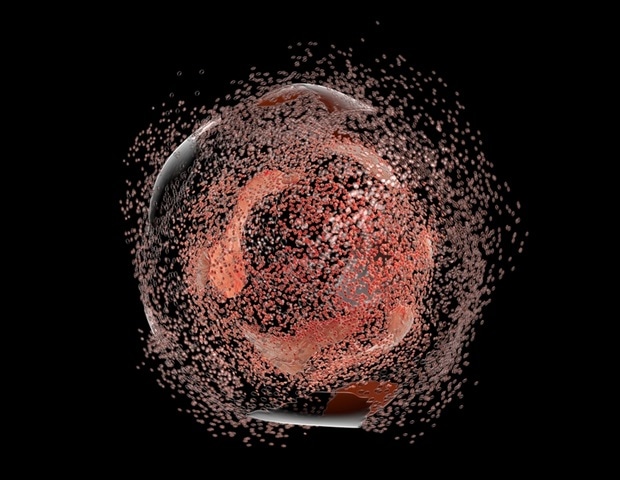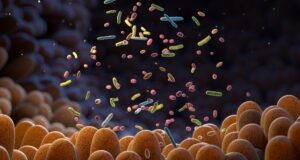
Cancer remains one of the leading global causes of mortality, with an estimated increase in cases due to lifestyle, environmental, and genetic factors. Despite advancements in treatment, cancer’s complexity and the side effects of conventional therapies necessitate alternative approaches. Medicinal plants, long valued for their therapeutic properties, have shown promise in cancer treatment, attributed to their natural phytoconstituents. This review focuses on the anticancer mechanisms of specific medicinal plants and discusses their potential for future therapeutic development.
Anticancer mechanisms of selected medicinal plants
Medicinal plants exert anticancer effects through multiple pathways, including cell cycle arrest, apoptosis induction, and disruption of signaling cascades. The mechanisms employed by each plant’s bioactive compounds are varied:
- Oroxylum indicum – Known for its anti-inflammatory and immunomodulatory effects, its extract has been shown to inhibit cancer progression through the PI3K/AKT signaling pathway and induce apoptosis in oral carcinoma models.
- Musa paradisiaca (Banana) – This plant’s bioactive compounds, particularly banana lectin, promote apoptosis in cancer cells and arrest the cell cycle at G2/M, indicating a potent anticancer potential.
- Colchicum autumnale – Colchicine from this plant disrupts microtubule formation, inducing apoptosis and impeding cell division in various cancer cell lines. However, its high toxicity limits its direct clinical application, though modifications are being explored to reduce this toxicity.
- Catharanthus roseus – The alkaloids vincristine and vinblastine derived from this plant are well-known for their anticancer activities, particularly through the inhibition of microtubule dynamics, which leads to cell cycle arrest and apoptosis in cancer cells.
- Psidium guajava (Guava) – This plant has shown efficacy in inhibiting the AKT/mTOR signaling pathway, which is crucial in cancer cell survival and proliferation.
- Mangifera indica (Mango) – Mango extracts have been found to influence cancer cell survival by modulating the PI3K/AKT pathway, AMPK signaling, and NF-κB pathway, all of which are associated with cancer progression.
- Lagerstroemia speciosa (Banaba) – Its ethanol extracts have demonstrated cytotoxic effects in liver cancer cells by inducing apoptosis and cell cycle arrest.
- Moringa oleifera – This plant’s extracts induce apoptosis by enhancing p53 expression, a key tumor suppressor protein, and causing G2/M cell cycle arrest, making it a promising candidate for cancer therapy.
Current development and future perspectives
The potential of medicinal plants in cancer therapy is growing, with current research focusing on isolating active phytoconstituents, understanding their mechanisms, and developing drug delivery systems. However, challenges include variability in phytoconstituent concentration due to environmental factors and potential toxicity from heavy metal contamination. Collaborative efforts among researchers, clinicians, and industry stakeholders are essential to integrate medicinal plants into mainstream cancer therapy.
Limitations
While medicinal plants offer promising alternatives, some limitations persist. Variability in plant composition and concerns over environmental contamination highlight the need for rigorous standardization in phytoconstituent extraction and testing.
In conclusion, medicinal plants with anticancer properties hold significant promise as alternatives or adjuncts to conventional therapies, particularly in their ability to target specific cellular pathways and reduce treatment side effects.
Source:
Journal reference:
Vijayalakshmi, M., et al. (2024). Exploring the Systematic Anticancer Mechanism in Selected Medicinal Plants: A Review. Oncology Advances. doi.org/10.14218/ona.2024.00012.




